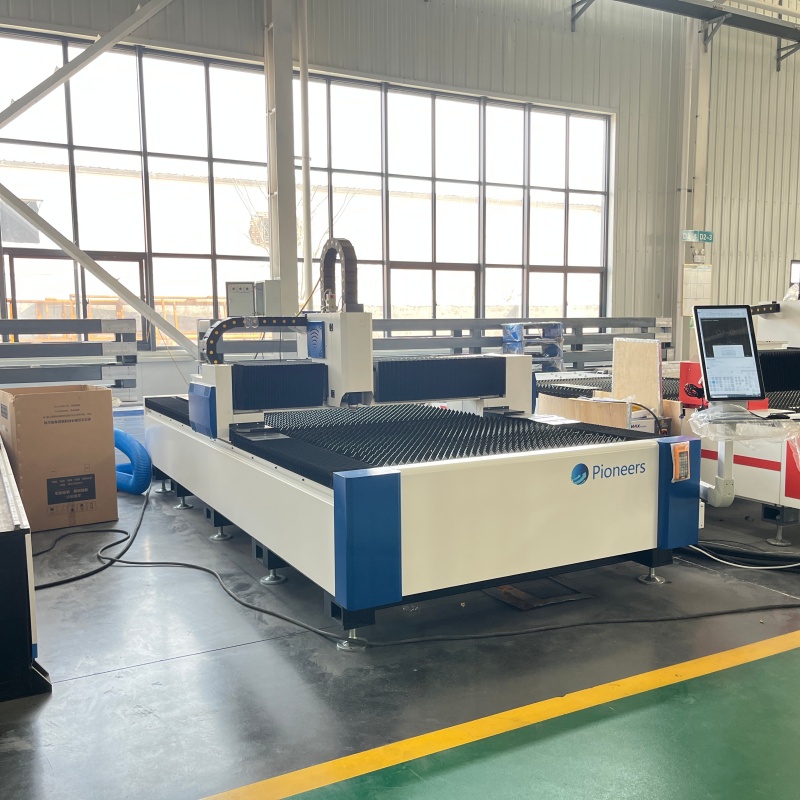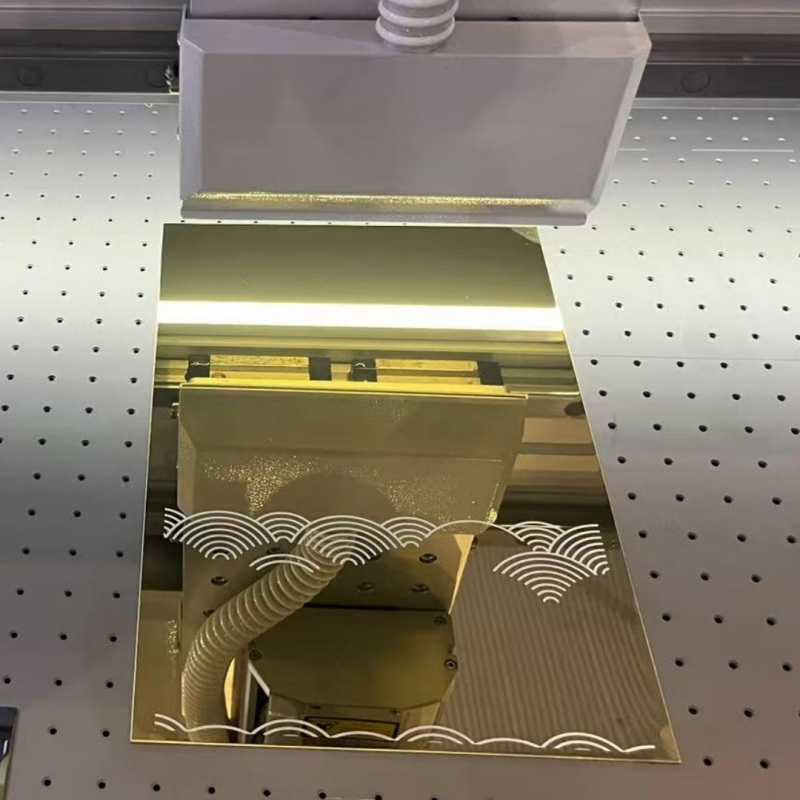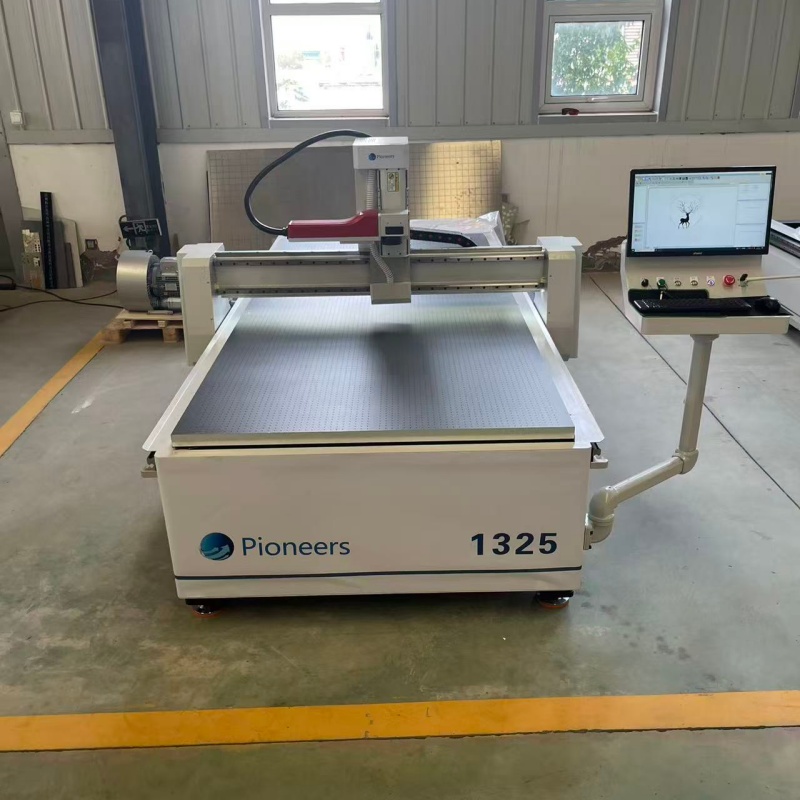In 2025, driven by both technological evolution and explosive demand, the laser equipment industry will have made the crucial transition from “tool supply” to “technology leadership.” The global market size will exceed US$48.7 billion, with China as the core growth engine, accounting for 38%. Multi-faceted technological breakthroughs, differentiated market demand scenarios, and global collaboration in future developments will jointly outline a new blueprint for industrial upgrading.
On the technological front, Raycus Laser is leading the way with its dual focus on high-power breakthroughs and deep development of ultra-precision. In the high-power sector, Raycus Laser’s 10.1kW MW-class fiber laser set a new world record with a beam quality M² of 1.13. Its proprietary circular modified ytterbium-doped fiber technology has broken through international patent barriers, raising the Raman effect threshold to the 2000W level. More notably, the company has already achieved customized delivery of its 220kW ultra-high-power model, boosting aerospace titanium alloy processing efficiency by threefold. In the ultra-precision sector, Han’s Laser’s 50W infrared femtosecond laser achieves adjustable pulse widths from 300fs to 10ps, with heat-affected zones controlled to the micron level. This enables crack-free processing in cardiovascular stent cutting and semiconductor wafer processing, driving the penetration rate of ultrafast lasers in the consumer electronics sector from 18% to 25%. Intelligent upgrades are also accelerating, with AI-powered vision-guided laser systems achieving positioning accuracy of ±0.001mm, and the penetration rate of intelligent cutting equipment approaching 60%.

The market is characterized by a distinct “China-led, diversified” landscape. The Chinese market is valued at $18.5 billion, with industrial processing equipment dominating the market with a 52% share. Power battery pole cutting equipment is experiencing a 45% annual growth rate, driving the UV laser market to exceed $2.3 billion. Regional clustering is significant. Wuhan Optics Valley has formed a complete industrial chain, with an output value expected to exceed 80 billion yuan in 2025, contributing 40% of China’s national production capacity. The Yangtze River Delta focuses on high-power equipment, while the Pearl River Delta is deeply engaged in consumer electronics supporting equipment, forming a “one core, two belts” industrial landscape. Emerging applications are rapidly emerging: In the medical aesthetics sector, picosecond laser freckle removal devices have a 19% penetration rate in the Asia-Pacific region, driving the market size to 6.7 billion yuan. In the lidar sector, Hesai Technology’s annual shipments of 905nm modules have exceeded 1.2 million units, driving the near-infrared device market to $3.1 billion. Domestic substitution is achieving significant results, with the localization rate of high-power fiber lasers above 6kW increasing from 32% to 45%, with Raycus leading the market with a 31% market share.
Future strategies will focus on deepening technological development and global breakthroughs. Technologically, 10,000-watt equipment is being upgraded to 20kW and above, and mass-produced models are expected to increase sheet metal processing efficiency by 300% by 2027. Micro-LED laser transfer equipment has become a new market segment, with the market size expected to exceed US$5 billion by 2030. At the corporate level, Han’s Laser has established an intelligent equipment industrial park in Changsha, integrating 23 upstream and downstream companies. Raycus Laser has commenced production at its Xiaogan base, with an annual production capacity of 80,000 units, accounting for 28% of the national market share. Policy dividends continue to be released. The “14th Five-Year Plan” special project provides a 13% value-added tax deduction for laser additive manufacturing equipment, driving shipments of 3D printing lasers to over 8,000 units. Globally, Chinese companies are breaking into overseas markets with their cost-effectiveness. In 2024, laser equipment exports will reach 14.1 billion yuan, and their market share in OLED stripping equipment will rise to 40%.

In 2025, the laser equipment industry is at a critical juncture in the development of technical standards. With the deep integration of high-power and ultra-precision technologies, and their penetration into new energy, semiconductors, and other fields, Chinese laser equipment will not only consolidate its position as a global manufacturing “tool supplier,” but is also expected to become a “setter” of industry rules, providing core momentum for the upgrade of global high-end manufacturing.



